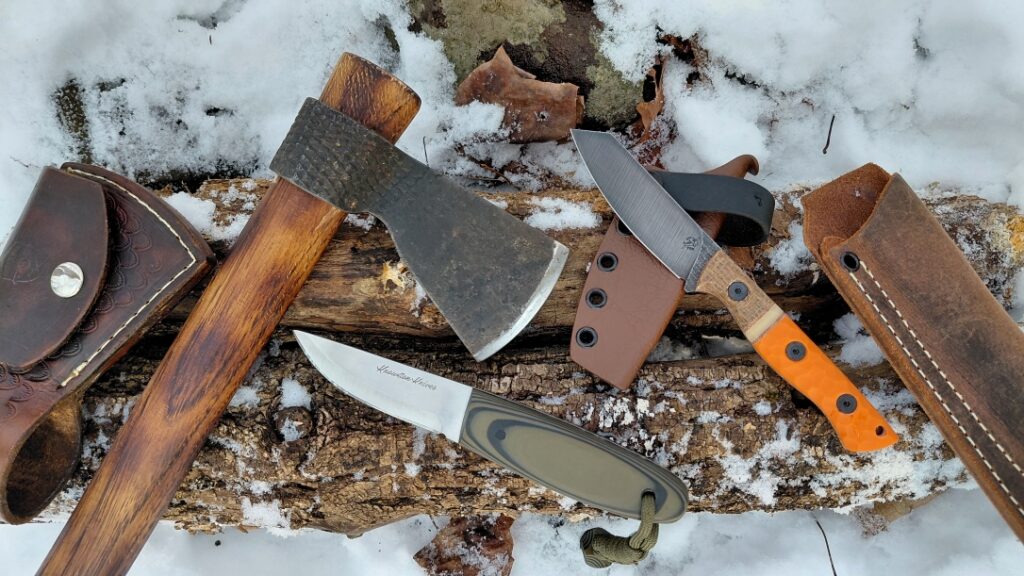Watching Forgotten Weapons and listening to the soothing educational tones of Ian’s voice should be a COVID-19 lockdown staple at this point. And this video is no different. This time around he is taking a look at “The Scout Rifle Study” and giving some thoughts.
For anyone who doesn’t have the 20 minutes to enjoy the whole discussion, here is a quick version of what Ian’s looking at so you can come back later.
The Scout Rifle was/is an International Universal Rifle concept born in the mind of Colonel Jeff Cooper, the man who pioneered and gave us much of what we consider foundational in modern shooting and training setups.
Advertisement — Continue Reading Below
This rifle needed to be light, capable against medium to dangerous game, easy to reload, and about as internationally legal as it could get. It’s all well and good that here in the states I can use any of my .308 battle rifles, with a 5 round magazine, to hunt and that in most locales I don’t have a capacity limit for defense purposes, but that is far from the standard internationally.
That means bolt action. And bolt action, in the era before detachable box magazines became standard, meant top loading. This, combined with a couple other factors Cooper outlined, like balance and peripheral vision retention, give ‘Scout Rifles’ their distinctive forward mounted optical suites, usually a long eye relief lightweight LPVO called a scout scope. These were similar in design to handgun scopes where the shooters eye was expected to be quite a distance from the optic, not the 2-4″ we’re used to on modern carbines.
Ian goes into this very nicely in the video (seriously, hit play) but I’ll touch on it too.
Advertisement — Continue Reading Below
The ‘Scout Rifle Concept’ feels… overthought.. and in modern times probably obsolescent at best. With the exception of international legality for hunting and the small market that covers, most of whom can probably afford more than one ‘universal rifle’, a shooter’s need for a rifle are probably best served by a box magazine fed carbine in auto-loading or manual loading format in an intermediate caliber.
In other words… an AR-15, and its peer group of rifles, with a lightweight optic. Maybe a .308 or 6.5 variant for more terminal performance against larger/dangerous game. But in the modern era of 10, 20, and 30 round box magazines we don’t need a clear space over the action even on a bolt gun. In the modern era of ever more improved field of view LPVO options and offset sights we don’t need the periphery visuals claimed by a scout scope.
I think these concepts are most evident in what we are using in weapon systems like the M110A1 DMR/CSASS, the Mk20 SSR, and their predecessor in the Mk12. These were and are reasonably light and mobile scout platforms. The Steyr Scout rifle, the rifle that is the epitome of the concept with the added flexibility of detachable magazine and conventional optic mounting, is a 6.6lb gun slick. A SCAR is only 8lb. The new 716i from SIG is 8.5lb. So if we assume they’re all .308’s and we add the same optic to each of them, your 1.5-1.9lb additional weight is allowing you to quadruple your magazine capacity, shorten the rifle by 2-3″, and adds incredible follow up shot capability in semi-auto, and are still quick as ‘bolt guns’ with disabled gas systems if locality requires it. As universal rifles you can hunt and fight, with there is really no comparison.
Advertisement — Continue Reading Below
The Scout was a good thought experiment, it critically tackled a series of criteria in a functional way that fit its design era. It has been surpassed however, just as many firearms before it have and the rifles of today will one day be also. Even my beloved SCAR is falling into a ‘generation behind’ slot as we move into the 2020’s. This doesn’t invalidate any of them as loveable firearms to own, shoot, and enjoy. It simply means that progress and hard use test concepts and sometimes concepts fall short.















